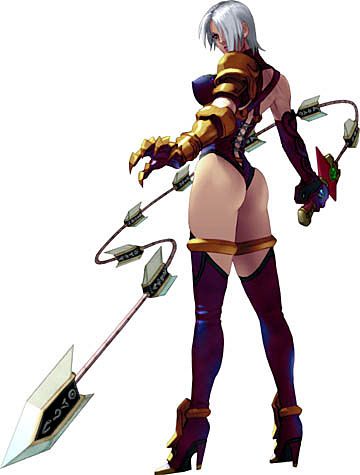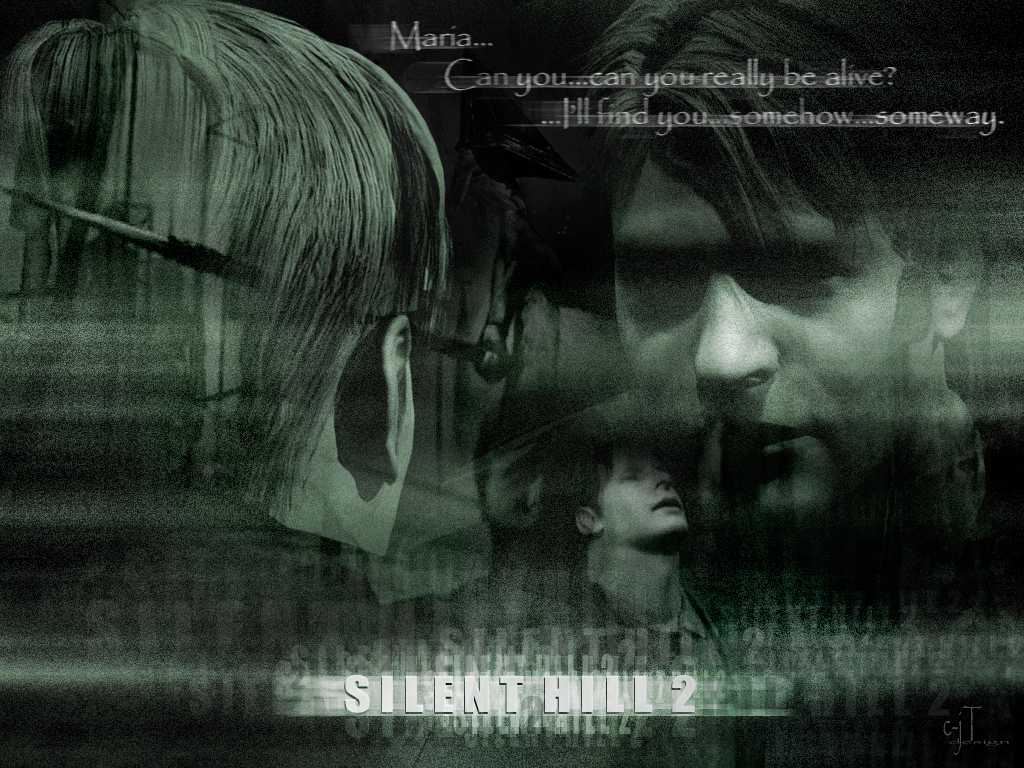 Overlord II – examinationNote:
Overlord II – examinationNote: As of this write-up, I’m 4/5ths through the game and about to begin a section called The Last Battle. This review contains spoilers.
The Introduction: In 2007, Codemasters released a Triumph Studios game called Overlord. It was a third-person puzzle game in which the PC as the titular dark Overlord, gathered a group of minions and enslaved or destroyed the populous of a fantasy setting. The setting itself was a spoof of stereotypical fantasy settings, and the game had many comedic elements.
Despite this premise, the Overlord is ‘the good guy.’ The antagonists of the piece are the seven heroes who slew the previous Overlord and have since become corrupt with power, their particular vices based on the seven deadly sins.
It was an interesting game. Solid puzzles, a fresh idea, and engaging plot made this one of the best games of 2007. At the same time, it could get a little monotonous. I managed to make it through a single play though, but I only finished because I wanted to see the ending. Sometime after the fourth (or was it fifth?) boss battle I got bored with the gameplay.
Overlord II is set several hundred years after the original. The old Overlord mysteriously disappeared after the magical Great Cataclysm and the world is currently ruled by the decadent and magic hating Empire. I suspect a twist ending, but haven’t reached that point yet. I’ll amend this post when I do.
Other than the plot, it’s the same game: You are an Overlord; you use minions to fight and solve puzzles; you collect a variety of resources so you can upgrade your minions, armor and weaponry, and your Netherworld Fortress; and you have mistresses who give you a bonuses and a sex scene. There are a few additions: minions have mounts now, dominating a town makes resource collection easier, and the graphics have improved.
But, is Overlord II as good as its predecessor? Is it better? Is it worth shelling out money if you enjoyed the original?
 The Good:
The Good: Yes. Yes. And (you guessed it) yes.
Not only is it as good as Overlord, it’s better. For one thing, it’s more puzzle-centric. In the original Overlord, you could slaughter your entire group of minions in a big fight, run back to the spawn pits to get more, and then finish the fight with fresh recruits. In Overlord II, a fight is either of easy or normal difficulty, or it’s a puzzle. If your troops are being slaughtered, it’s because you’re doing something wrong.
Some players might object to this – what’s the use of having 700 brown minions if there aren’t fights that grind them into ground beef? – but a puzzle game ought to reward problem solving and punish you for trying to just muscle your way through combat. It’s far more satisfying to replay an encounter several times until I get that mental click, at which point things become easy, than to scrape through an encounter with 1 HP and all the minions I’ve leveled up and equipped dead.
Overlord II also avoids the monotony of the original game. The puzzles are much more varied; there are only a handful of sections where you guide your minions through a dangerous maze, which happened in Overlord every 30-45 minutes. Overlord II has sections where you possess a minion, usually to sneak around, places where you take control of catapults and war machines, and even places where you steer a ship. These game play shifts are well integrated into the story and gameplay, so they don’t feel like random mini-games.
The ability to control towns is a smart move. Towns provide you with a steady source of money, equipment, and lifeforce. They also feel ‘right’ for an evil Overlord.
 The Neutral:
The Neutral: The story isn’t as interesting as the first game. It’s not bad, but at least with the Seven Deadly Sins theme, it felt slightly cohesive instead of a series of unrelated puzzles in different locations. I don’t care about defeating the bad guy because he’s only a face. I don’t care about saving everyone because I’m an evil Overlord. I have no personal stake in the matter as the main character has all the personality of burnt bread (burnt bread in hulking, evil armor.)
It’s supposedly a comedy game, but it’s a weak form of comedy. It’s sort of like a five-year-old coming up to you and doing a silly dance: it’s not so much funny as something you smile at because it’s cute and they made the effort.
So, the minions put random stuff on their head, drink beer, and piss loudly afterwards. Haha? They club baby seals and the elves talk in a California accent while defending all that’s cute and fluffy. Haha?
Part of the problem is that when it comes to books, their ‘spoof’ is dated. In 1996, The Tough Guide to Fantasyland by Diana Wynne Jones, made most of these jokes about elves, dwarves, and other common fantasy tropes, but even then they weren’t all that common. Overlord II is a bit like a comedian making jokes about big-hair, neon green legwarmers, and Flashdance. The tropes it makes fun of are mostly confined to DnD and a handful of cRPGs.
Someone once said, “Most game developers have read one book – Lord of the Rings – and seen two movies – Star Wars and Aliens.” If you’re like this, you probably believe the Overlord series contains barbed satire of the fantasy genre. If you’re like me, you probably wish the jokes weren’t so stale.
I also find it strange that Overlord II insists you be a hero of sorts, yet again. Dungeon Keeper never told you that while you appeared to be crushing everyone around you, you were truly saving the world from a much greater tyranny. This is the second time the series has you playing a dark savior. Why?
I’d rather the main antagonist was a good, pure-hearted soul that I stomped under my rusty, iron boots.
 The Bad:
The Bad: Overlord isn’t a perfect game by any means. If you want cool stuff, you have to spend hours farming for resources. Instead of having fun, you get to run around areas you’ve already visited to kill gnomes or destroy the scenery with your minions yet again. It’s dreadfully boring. If you’re going to make farming mandatory, at least try to make it interesting.
For some reason, there’s a ‘Kill 1,000 gnomes’ quest in your journal. It’s an achievement and unlike the other quests, there’s no benefit to it. Achievements are not quests. They should not be listed in the quest log. Another tedious ‘quest’ is the kill/dominate 100 townsfolk for two of the towns. At least this one has some benefit, as dominated townsfolk produce weaponry.
But again, instead of solving puzzles or fighting things, I waste my time farming. This isn’t WoW, and the game is long enough without this element. Why not ditch the farming aspects altogether?
Like the first game, you have ‘good’ or evil choices. More like evil and less evil, really. There are times when the ‘good’ choices are difficult to make. For instance, I run around an elven commune attempting to dominate everyone as they toss pumpkin bombs and swear up and down they’re not rebelling. The AI has no sense of self-preservation though, and several times the elves toss pumpkin bombs into a group of elves or into their own house and blow the crap out of themselves. After they do this a few times, the game decides that I’ve subdued the village through ‘destruction’ even though I haven’t attacked or harmed anyone.
Lastly, on a politically correct note, this game hates fat people. It’s bizarre. There’s even a cut-scene where the camera lingers on a naked fat man while Gnarl, one of the minions, rants about how disgusting he is. I’d write this off as a writer missing his medication one day, but it’s not an isolated incident.
When I was in college, I knew a few girls who’d lost a large amount of weight and obsessed about fatness. For them, being heavy was equivalent to necrophilia. Parts of this game makes me wonder if some of them might have made it into game development.




 Feminine aesthetics also has little to do with the common depiction of women in video games, which tends to play up their hotness. Bloodryne or Ivy, for example do not show a feminine aesthetic in as much as a sexualized one. One could even suggest that the imagery here is masculine in style.
Feminine aesthetics also has little to do with the common depiction of women in video games, which tends to play up their hotness. Bloodryne or Ivy, for example do not show a feminine aesthetic in as much as a sexualized one. One could even suggest that the imagery here is masculine in style.

 Overlord II – examination
Overlord II – examination


